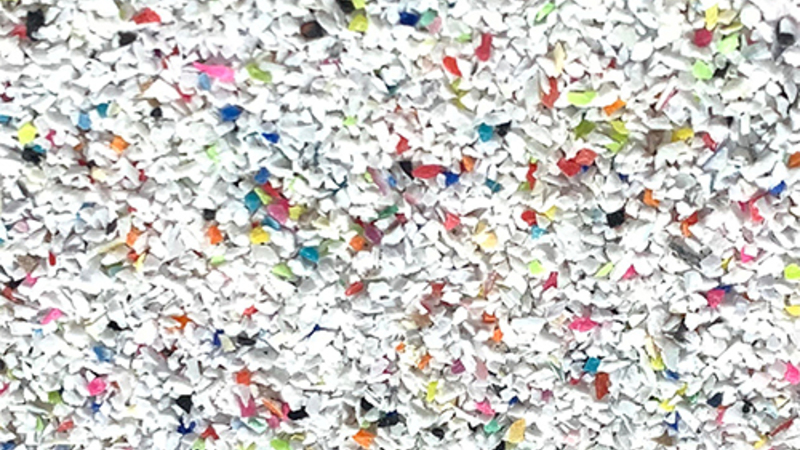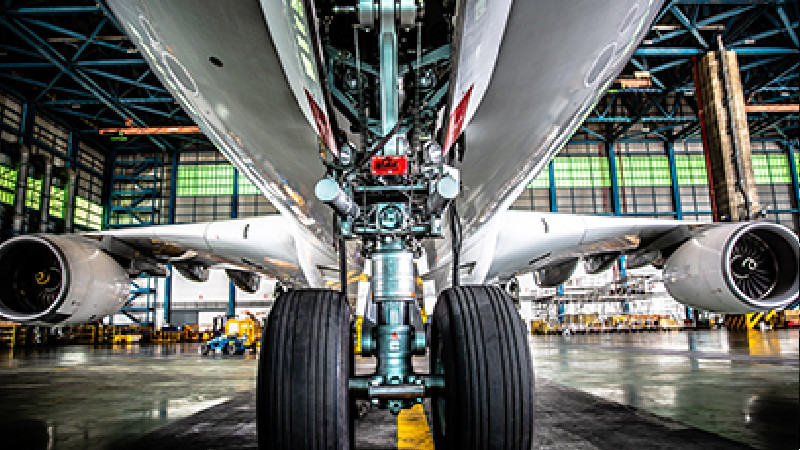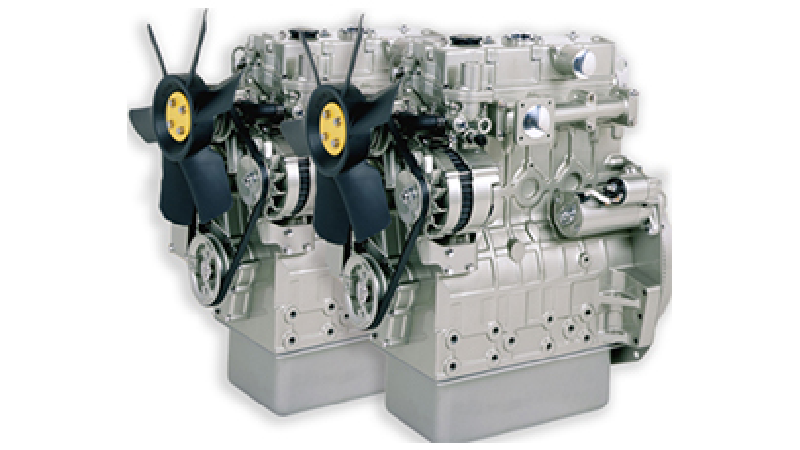Abrasive blasting refers to finishing processes that use a stream of abrasive media propelled under high pressure to impact a surface and achieve a desire result, such as cleaning, rust and contaminant removal, altering the surface roughness and shape of the surface, etc. Various types of abrasive blasting supplies are used to accomplish these ends. Below we cover some of the different types of abrasive media used for industrial applications.
Glass Beads
Glass is less aggressive than other materials such as silicon carbide and shot steel as a blasting media. However, it is an ideal choice for applications that require a brighter, softer finish. It is highly suited for applications involving stainless steel. Also, glass beads may be recycled several times and reused.
Plastics
Plastic abrasive media is a dry thermoset cleaning media made from crushed acrylic, polyester, or urea. Each one of these types of plastic media comes in a range of particle sizes and hardness values. Plastic is considered ideal for applications involving the blasting of plastic parts, mold cleaning, and where the removal of substrate material is not allowed. The electronics, automotive, boating, and aviation industries make use of plastic abrasive blasting supplies.
Aluminum Oxide
Characterized for its exceptional strength and hardness, aluminum oxide is designed for abrasive blasting on a wide range of substrates, including steel, granite, glass, and marble. It can deeply etch surfaces and thus is used to prepare surfaces for painting and coatings.
Silicon Carbide
The hardest abrasive blasting media available is silicon carbide. This makes it the most ideal option for surface finishing projects. It comes in various purities and colors and has uses that range from general purpose heavy duty cutting and glass etching, to lapping and polishing.
Steel Shot & Grit
Steel shot is a cost-effective abrasive alternative to other types of abrasives because of its high recyclability and toughness. It may be applied to various surfaces to effectively texture a surface for the application of a final coating, remove contaminants, or hardening (peening) applications.
There are other abrasive blasting supplies available on the market such as walnut shells, and corn cobs. The type of blasting material that works best will depend on the application, the purpose for the blasting, and the type of surface and its condition.



